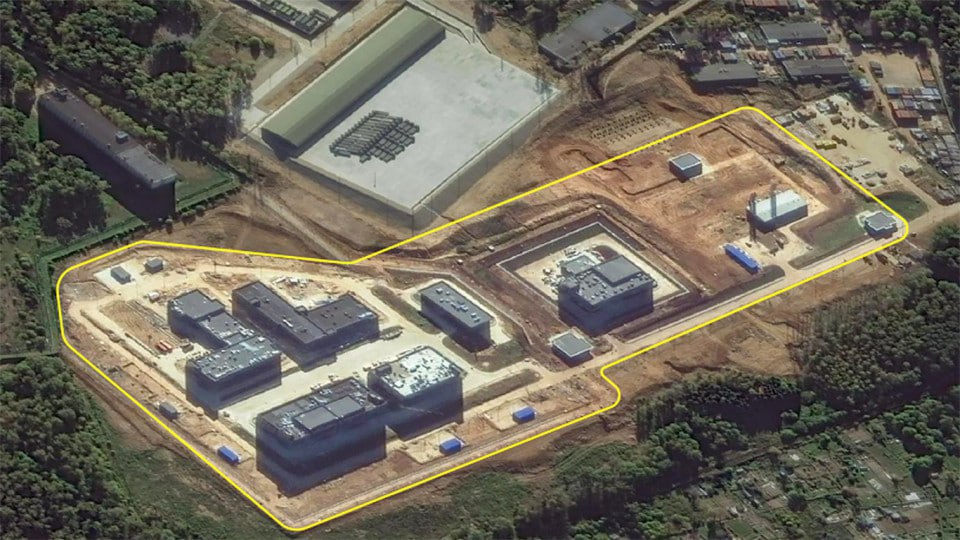russia restores biological weapons testing laboratory
25 October 2024 19:53
For the first time since the Cold War, Russia has restored a laboratory for testing biological weapons. This is stated in a report by The Washington Post, according to "Komersant Ukrainian".
Newly discovered satellite imagery shows active construction at a closed military research facility located near Moscow. The facility, known as Sergiev Posad-6, was once used for biological weapons research.
Over the past two years, satellite imagery has shown the construction of 10 new buildings, some of which have the hallmarks of biological laboratories. This has raised concerns among US intelligence agencies and biological weapons experts.
Russian officials have said that the new laboratories will be used to study dangerous microbes, such as Ebola viruses, to protect against bioterrorism and future pandemics. Such experiments are usually conducted in laboratories with the highest level of security. Satellite images also show clusters of rooms that could be antechambers for decontamination of pathogens, as well as a building with tall exhaust pipes that could indicate the presence of a power plant.
Experts see a threat that these new laboratories could be used for research and production of biological weapons. It is known that this facility was once considered the main Soviet bioengineering research centre, where experiments were conducted with dangerous viruses such as smallpox and ebola.
Satellite imagery does not provide a clear answer as to whether Russia plans to use these new laboratories for military purposes. Perhaps they are indeed intended for civilian scientific research, but given Russia’s past experience with biological weapons, this is a matter of serious concern to other states.



At the same time, according to experts, the constructed laboratories have a high level of protection, including air pressure control systems, air filtration and separate rooms for laboratory and non-laboratory purposes. This demonstrates the seriousness and potential of the research that can be conducted in these laboratories.









